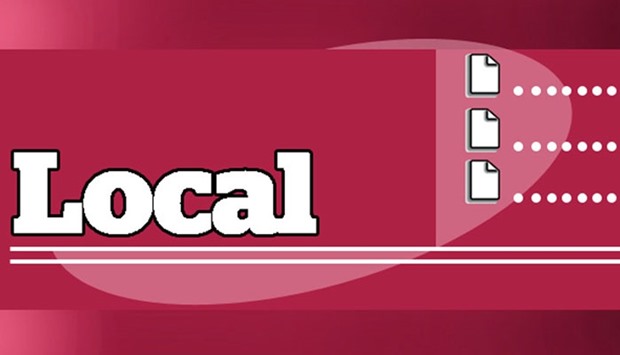Unlike the previous year, the annual Qatar Traffic Report (QTR) 2016 has revealed that some suburban areas also experienced traffic congestion due to road works and fast urbanisation.
The report released by the Qatar Mobility Innovations Centre (QMIC) yesterday also pointed out that while the traffic congestion in the country has gone up in 2016, compared to 2015, there has been a reduction in the second half of 2016 compared to the same period in 2015.
Notably, Wakrah has recorded a high congestion due to rapid urbanisation in the whole area. “Wakrah is one of the top congested places as per our findings for 2016. This is due to the large scale road works in the area. Additionally, more people are moving into Wakrah,” said Dr Adnan Abu-Dayya, the executive director and CEO of QMIC.
The report also has identified five spots with high congestion in the morning and evening hours.
They are Al Sadd Intersection-Olympic Roundabout, Jawaan Street; Mushaireb Interchange, B Ring Road; Onaiza Intersection-Lekhway Intersection, Al Markhiya Street; Umm Ghuwalina Intersection-Sharg Intersection, C-Ring Road and to Al Waab Intersection, Al Bustan Street during the morning peak hours.
During the evening peak hours, the most congested areas were Environment Roundabout Duhail Intersection, Al Khafji Street; to Television Roundabout, Ahmed Bin Ali Street; Al Sadd Intersection-Olympic Roundabout, Jawaan Street; to Al Waab Intersection, Al Bustan Street and Lejbailat Intersection-Television Roundabout, Al Jamiaa Street.
The key congestion indicators used in the 2016 QTR are Masarak Congestion Index (MCI), Travel Time Index (TTI) and ExcessTravel Time Index (TTI). MCI, a barometer to measure the overall congestion, ranges from 0% to 100%. MCI of 30% means an average speed reduction of 30% compared to the free flow speed.
TTI measures the ratio of travel time as compared to the free-flow travel time during peak-hours on weekdays. TTI of 1.5 means an increase of the travel time by 50%.
ETT provides the average delay in minute per km driven that a driver would experience in the journey.
ETT of 0.5min/km means a delay of five minutes for a trip of 10km. This metric is used to compute the average number of hours wasted because of road congestion per commuter.
The total cost of road congestion would also include other factors like environmental, health, and societal impacts which would be considered for future issues of the report.
QMIC officials pointed out that QTR can help national entities like Ministry of Transport and Communications, Ministry of Interior, Ashghal, Ministry of Municipality and Environment and others in several projects related to traffic studies, urban planning, public transportation and parking planning, network performance monitoring.
The traffic data is collected through QMIC’s Masarak platform with a suite of integrated services in the areas of Intelligent Transport, Smart Logistics/Telematics Management, and Road Safety. Masarak collects real-time traffic data from three sources: fixed Bluetooth-based traffic sensing network deployed in Qatar, telematics (GPS) devices in fleets, and crowdsourced data though QMIC’s iTraffic mobile app.


